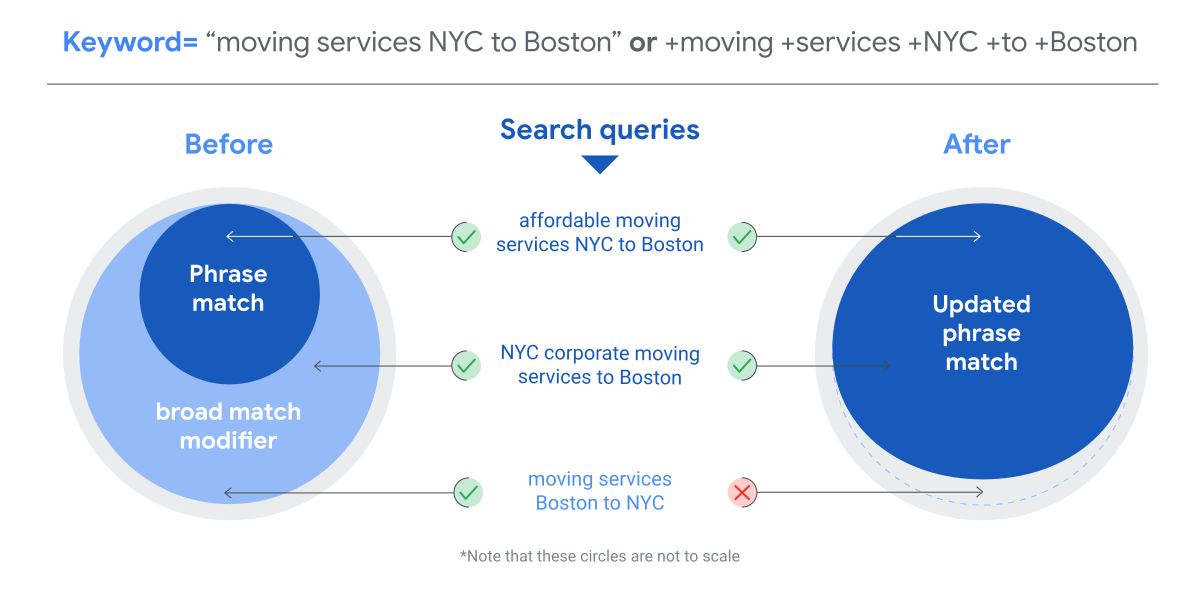Best practices to launch successful Pay-Per-Click ad campaigns
PPC stands for pay-per-click, a model of internet marketing in which advertisers pay a fee each time one of their ads is clicked. Essentially, it’s a way of buying visits to your site, rather than attempting to “earn” those visits organically. These ad campaigns help digital marketers either to promote company's products and services, create brand awareness or nurture leads in the buying process. Search engine advertising is one of the most popular forms of PPC. It allows advertisers to bid for ad placement in a search engine's sponsored links when someone searches on a keyword that is related to their business offering. For example, if we bid on the keyword “PPC software,” our ad might show up in the very top spot on the Google results page.
Why exactly do we need PPC when we can get traffic by writing quality content with SEO optimizations? The reason is today, the market has a lot of competition. Even if we do a lot of research and use the best keywords, our chances of coming in the first pages of Google may not be high. Many companies might use the same keyword as we do and may even have higher domain authority which will result in their site being displayed first. Therefore, PPC is a way wherein we can display and promote our products to the user and can establish our presence in this competitive world.
With search engines, advertisers typically bid on keyword phrases relevant to their target market and pay when ads (text-based search ads or shopping ads that are a combination of images and text) are clicked. The bid amount is usually driven by two major factors- quality of the ad, and the maximum bid the advertiser is willing to pay per click. The higher the quality of the ad, lower is the cost per click is charged and vice versa. Pay per click along with cost per impression and cost per conversion are key metrics digital marketers use to access the cost- effectiveness and profitability of the internet marketing.
The scope and types of content that one can leverage to ace in the market is unlimited. Today, we will discuss the different types of content and their benefits in relation to digitalization:
What is a Pay-Per-Click Ad?
Pay-per-click ads is a model of internet marketing in which advertisers pay a fee each time one of their ads is clicked by targeted audience.
PPC campaigns are a bit complex to implement and require careful planning. In order to run an effective campaign, you will have to familiarize yourself with bidding, budgets, landing pages, keywords and much more. Successful campaigns need unparalleled keyword insights, analysis of competitors PPCs, website optimization, adventurous to reach different clientele, eliminating poor campaigns and audit their marketing campaigns in terms of ROI. Advertisers can keep in mind the following best practices to effectively manage their PPC campaigns.
Best Practices for PPC Ad Campaigns:
- Keyword Research
- Inclusion of Negative Keywords
- Dynamic Keyword Targeting
- Balance between exact match and broad match
- Regular Assessment of Ad Campaigns
- Ad relevancy
- Ad Scheduling
- Landing Page Optimization
- Testing Ad variants & copies
- Utilize Ad extensions
- Bid Adjustments
- Organize Ad account structure
1. Keyword Research:
Keyword research is one of the most significant pieces of a PPC campaign. The keyword you pick tells the web indexes when to show your advertisements. It is likewise important that you pick the correct keywords. Keyword and keywords expressions can be considered as a possibility search when there is a purpose to purchase something. That works best for PPC. Tips for choosing keywords: What is your intended interest group searching for explicitly? Look at what the opposition is doing. Be explicit with your keywords. Take a gander at catchphrases as far into the purchasing cycle as could be expected under the circumstances. The better your keywords are, the more snaps you will get. Negative keywords are similarly as significant, they sift through what you need to reject.
2. Inclusion of Negative Keywords:
This is a hyper segmentation phase of paid advertising. Several times, search engines display ads for keywords that are not relevant to your ad. Using negative keywords, advertisers can restrict their ads from showing to these keywords. This activity helps advertisers save money and avoid irrelevant clicks.
3. Dynamic Keyword Insertion:
Dynamic tags helps advertisers customize the ad to the searcher's search query. This is an advanced feature that advertisers use to target audience typing specific keywords in the search bar. Once advertisers select the keywords, they use dynamic tags in the ad copy. For instance if an advertiser uses the title "{Dynamic Tag} for sale at 50% discount", the ad platforms may customize the ad to "Dobule bed mattress for sale at 50% discount" and "Comfy mattress for sale at 50% discount" based on the search query. And even when someone enters a query as ‘double bed mattress’, that ad would change to that match, which means that the search for ‘double bed mattress’ will show the ‘mattress’ ad with the heading as ‘double bed mattress instead.
4. Balance Between Exact Match & Broad Match Keywords:
Advertisers must maintain a good balance between the exact match and broad match keywords to know the different keywords that searchers are typing in and replace the poor performning keywords with the highly performing ones. This approach helps advertisers to adjust their campaigns according to the market trends and acheive a good ROI.
5. Regular Assessment of Ad Campaigns:
Since each ad comes with a significant monetary implication, its performance matters a lot. Tracking the ad and evaluating its performance is essential for ensuring its effectiveness and get the return on investment. With regular assessment, the campaigner can determine if the ad needs modifications. If it does require change, then an alteration of the ad to suit the objective will not only save a lot of money but also help the campaigner reach out to the target customers fast.
6. Ad Relevance:
Ad relevance measures how well your ad and landing page are relevant to the keywords used in the search bar. Advertisers must optimize their ads and landing pages to include content related to the keywords selected in the Ad groups. High ad relevancy helps advertisers achieve a good quality score and rank for higher ad positions at lower costs.
7. Ad Scheduling:
By default, Ad run 24/7. These ads will automatically pause when their campaigns meet daily budgets. If your audience are not active 24/7, it is best to schedule your ads to run on specific days and hours of a week your audience are most active. This feature helps advertisers optimize their ad spend.
8. Landing Page Optimization:
Have you wondered why many of the prospects click your ad but do not convert? The problem lies with poort landing pages. Advertisers must optimize their landing pages for page speed, readability, User Interface, Ad relevance, Call to Action, visual appeal and conversion actions. Tools such as Google Optimize make optimization easier and allow advertisers to test landing pages and sections of landing pages and choose the best performing ones.
9. A/B Testting: Testing Ad variants & Landing pages:
It is essential for marketing professionals to know the effectiveness of their ads and how audiences are responding to various ad messages. With A/B Testing, advertisers can test their ad variants and select the one that is performing best.
10. Utilize Ad extensions:
Ad extensions provide additional ad space at no extra cost. These extensions provide additional information about ad, address, product rating etc. Ad extensions improves the visibility of an ad and increases its click-through-rate. Typically, companies use atleast 2-4 ad extensions to enhance their ads.
11. Organize Ad account structure:
One of the important elements of a successful Google Ads account is the organization of Ad account. A brilliant Ad account structure lets advertisers organize ad campaigns and gain control over the ads. There is no defiend formula to structure ad account. Generally, advertisers structure their Ad account based on the website structure, products offered or locations. Depending upon the requirements, you can opt for a different ad structure. This ad structure shall allow advertisers to better serve the right ads to the right customers and to track the effectiveness of advertising efforts.

